Lupine or lupin (Lupinus) is a large genus, encompassing over 300 species of perennial plants, the majority of them growing in the wild.
Lupine belongs to the Fabaceae family and is native to the Mediterranean. It's grown in Europe, Africa, the US and Australia, with the latter being the world's leading grower of the plant.
Lupine has been used for more than 4000 years as animal feed but also as green manure because it has the ability to enhance the soil it's growing in. Since the 19th century, lupine has been used as a decorative plant and food for humans.
Lupine reaches heights of up to 6.5 ft (2 m), while the leaves are a characteristic gray. The flowers are similar to those of peas and are colored violet, yellow, pink, white and orange. The fruit of the plant is a pod containing several seeds. These seeds are similar to beans and are very rich in fats and proteins.

Composition of Lupine
Lupine seeds contain large amounts of alkaloids, among which are lupinine, anagyrine, sparteine. There are between 32-38% proteins and a high quantity of amino acids.
Growing Lupine
Lupine can be propagated using seeds or by dividing up the tussocks but the latter method is a bit more risky. It's best to use the seeds to propagate lupine.
Lupine seeds can be planted in the spring but fall planting gives better results. Pick a day on which the air temperature exceeds 60°F (15°C).
Sow the seeds 12″ (30 cm) from one another. Choose a shady or semi-shady area shielded from the wind. Lupine seeds have a hard shell and sprout quite slowly so they do require patience.
Lupine does not require special feeding but needs to be protected from weeds and root fungus that can cause rot. Lupine prefers moderate temperatures and sandy soils.

To preserve the decorativeness of the plant and extend its life, it needs to be trimmed so that its side roots can develop. Plants over 4 years old are replaced because their bloom drastically decreases.
Cooking Lupine
Be aware that lupine beans need to be boiled several times and the water replaced until the bitterness disappears.
Flour from lupine has an excellent emulsifying property. As such it can easily substitute eggs in the preparation of cakes and sauces.
Benefits of Lupine
After many years of study, blue lupine has turned into a source of valuable proteins in the food industry and can even replace soya in some markets, claim German experts. It is claimed that this plant can substitute animal fats such as milk, meat, eggs, butter.

White lupine also has very high nutritional properties. According to some studies, the seeds of white lupine can aid in the prevention of cardiovascular diseases.
The extract of white lupine seeds in combination with sunflower oils stimulates the synthesis of collagen. Having enough collagen in the body is the most important prerequisite for stretchy, young and smooth skin.
Use of creams that contain white lupine helps tighten facial contours and visibly rejuvenates skin.
Dangers of Lupine
Lupine can cause symptoms of poisoning, expressed in dizziness and uncoordinated movements. This is due to the high amount of alkaloids which can lead to poisoning in herbivorous animals and humans. In small herbivores such as goats and sheep, this may even lead to death.
In humans, poisoning can occur when consuming lupine seeds that have not been cooked according to directions - boiling the seeds several times over, while changing the water until the bitterness is gone.
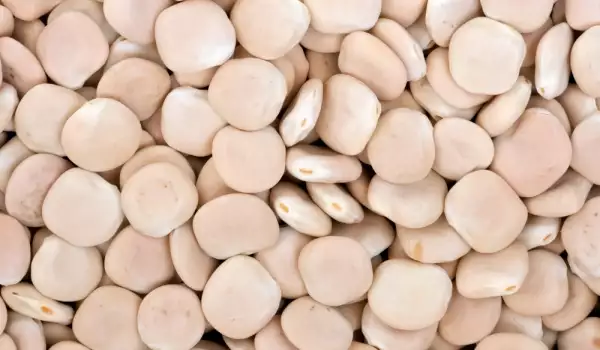
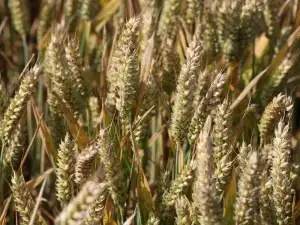


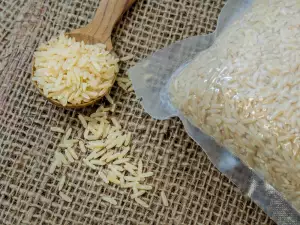
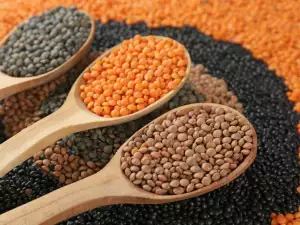
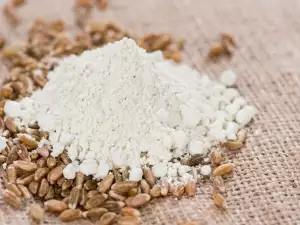
Comments